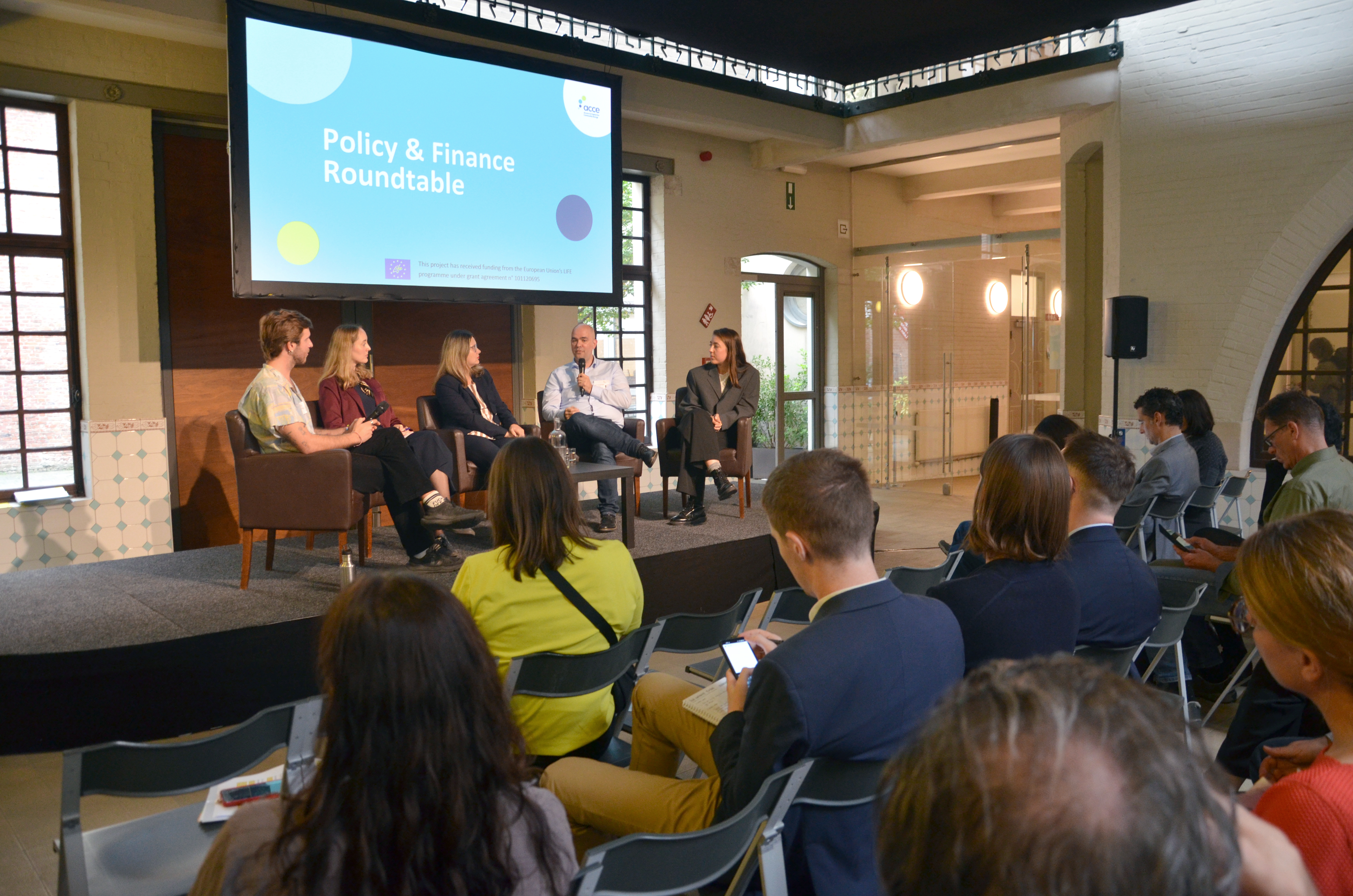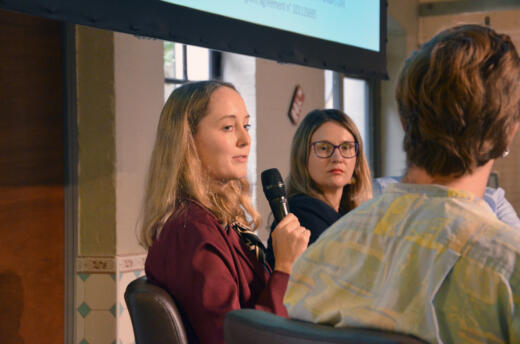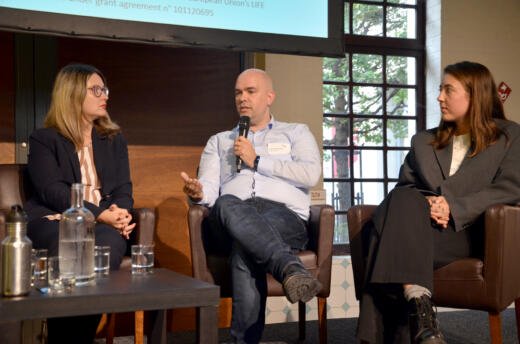News
Community energy funds: a very efficient use of public money
On Tuesday, 7 October, the Access to Capital for Community Energy (ACCE) project closed with a lively conference. Over 100 policymakers, financiers, and community energy leaders from across the EU gathered to celebrate three years of work, tangible results and impacts, and to agree on what’s needed next. Across seven pilot countries (NL, FR, DE, HR, RO, BE, ES), ACCE supported the creation of successful Community Energy Financing Schemes (CEFS) - revolving funds or services that pool capital to finance community energy projects.
These CEFS have very high potential to leverage private capital into the energy transition. In three years, these efforts helped trigger €738 million in investments. The model has inspired replication in Ireland (focused on renovations), Italy, and the UK (involving Great British Energy).

Why CEFS matter and their policy implication
- The project showed that in order to create viable CEFS, you need robust business models. And this hinges on effective transposition and enabling frameworks. This is especially important for the Central and Eastern Europe region, where communities don’t have full access to activities like energy sharing, supply, and flexibility (e.g., HR, RO). It’s therefore essential that the forthcoming Citizens Energy Package provides guidance and technical assistance to Member States to put in place enabling frameworks for energy communities. Part of this guidance should include an acknowledgement and support for CEFS.
- Development capital can de-risk projects, facilitating citizens, SMEs, and municipalities to co-create local renewable projects. This is clearly exemplified through one of the pioneer CEFS in the ACCE project. The Dutch Development Fund is a clear pioneer: its model of loans-to-grants for early-stage costs of wind and solar projects shows how to unblock projects at the crucial development phase
The success of this approach is also evident through the success of the European Energy Communities Facility, which provides €45,000 in lump sum grants for (new) community energy projects. The first call for applications was hugely successful (gathering almost 700 applications). If 700 projects were funded with development capital every year, for the next five years, this could trigger 2 billion euros in citizen capital. This proves the real need on the ground for seed funding, but also the willingness by citizens to invest in projects and mobilise capital.
The involvement of national expert organisations (often federations or ‘secondary structures’) is a key success factor for community energy funding programs. They help reach prospective communities on the ground, disseminating calls and offering technical assistance, raising the success rate of funded initiatives. - For the community energy movement to grow, long term capital and predictability are needed. This is why REScoop.eu calls for dedicated funding in the next EU budget (2028-2034). This point was strongly echoed by Corina Murafa, rapporteur of the European Economic and Social Committee's opinion on the Citizen Energy Package, which amongst other things, calls for earmarked EU funds for energy communities.
The scale-up imperative
The EU still faces an annual green investment gap of over €400 billion., We cannot afford to leave anyone behind. Citizens are ready to help bridge it: community wind alone can mobilise €176 billion by 2030. Experience from the ACCE project proves the mechanism works - with small, strategic amounts of development capital creating outsized private investment and community ownership - 1 euro of public capital invested in a CEFS triggers over 40 euros in private investment down the line.
CEFS are a proven, efficient way to turn public funds into large-scale private investment and local ownership. The message from ACCE is clear: fund development capital, build enabling frameworks,, support national federations and finally make sure to actually put citizens at the heart of the energy transition.




